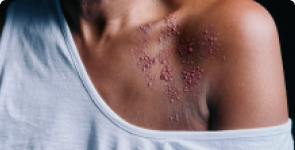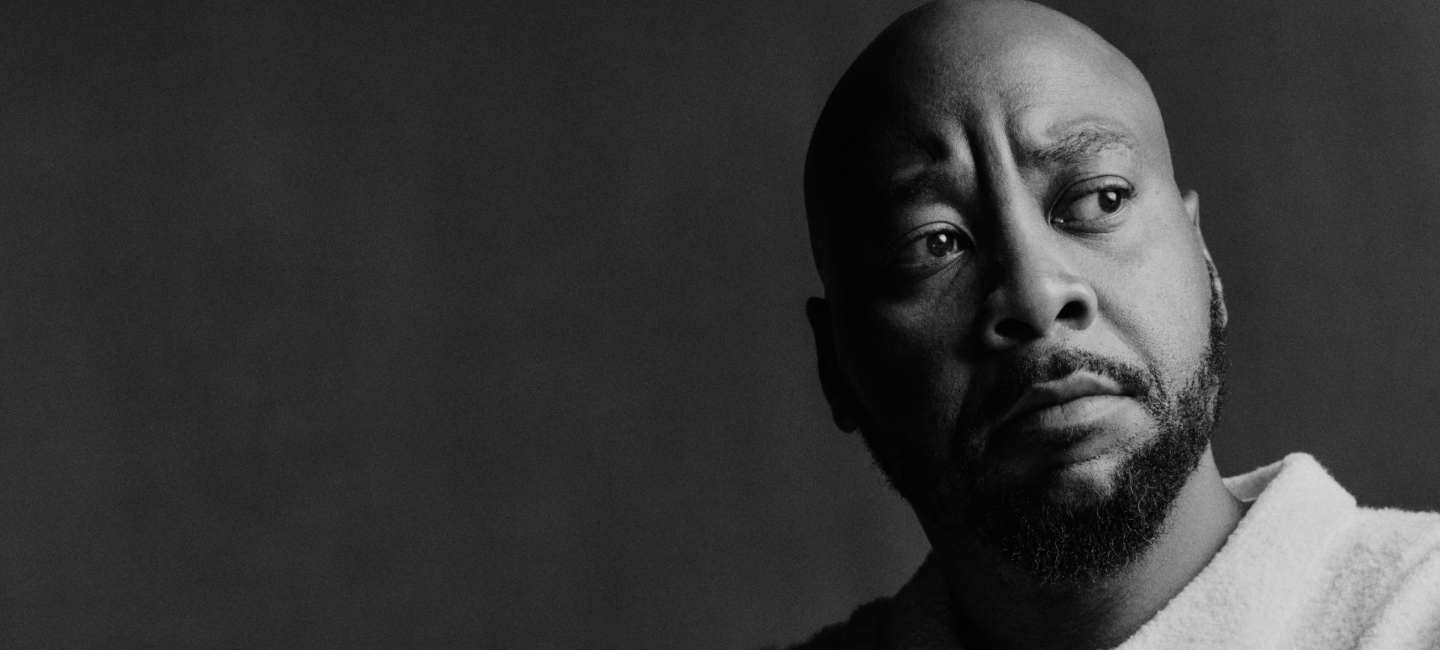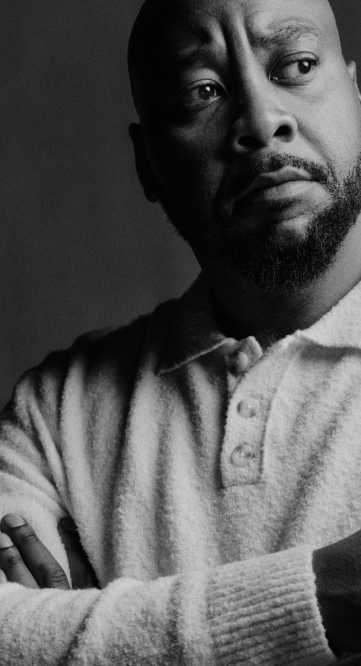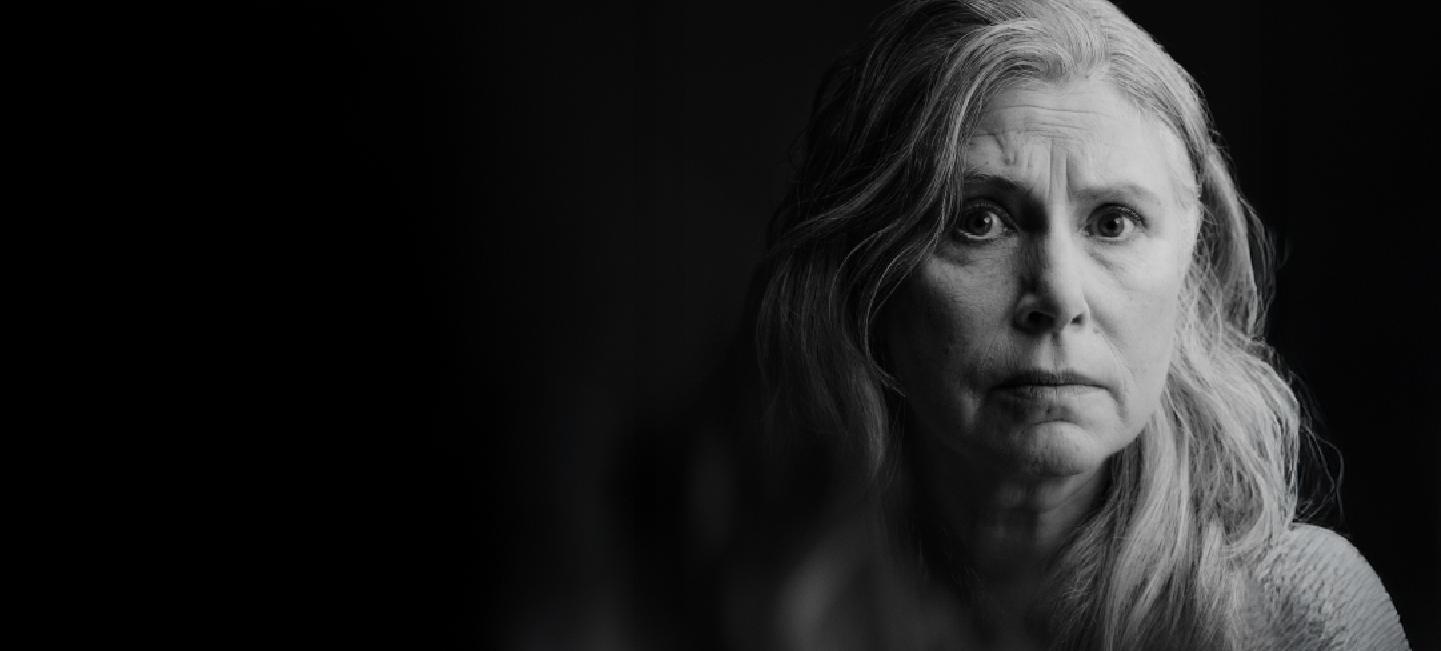Think you’re not at risk of shingles? Think again1
Over 90% of people
over 50
carry the virus that causes shingles2†
Even if you're
healthy,
the virus that causes shingles can reactivate at any time, particularly as you get older1*
From 50 years
your risk of shingles rises more sharply, particularly if you are immunosuppressed due to an underlying disease or its treatment1,3
†Not everyone at risk will develop shingles.1
*Shingles Virus can reactivate at any time if you had Chickenpox.
Don’t underestimate shingles
Shingles pain can be excruciating. It can feel like burning, stabbing or shock-like. The pain can make even simple daily tasks challenging.1,4

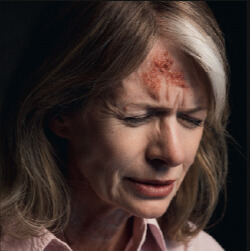
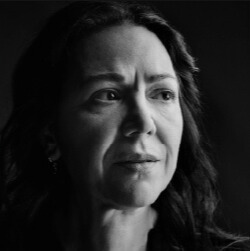

All images across the webpage are patient portrayals.
References
- Harpaz R, Ortega-Sanchez IR, Seward JF. Prevention of herpes zoster: recommendations of the Advisory Committee on Immunization Practices (ACIP). MMWR Recomm Rep. 2008;57(RR-5):1–30.
- Bollaerts K, Riera-Montes M, Heininger U, et al. A systematic review of varicella seroprevalence in European countries before universal childhood immunization: deriving incidence from seroprevalence data. Epidemiol Infect. 2017;145:2666–2677.
- Kawai K et al. BMJ Open. 2014 Jun 10;4(6):e004833. doi: 10.1136/bmjopen-2014-004833
- Weinke T, Edte A, Schmitt S, Lukas K. Impact of herpes zoster and post-herpetic neuralgia on patients’ quality of life: a patient-reported outcomes survey. Z Gesundh Wiss. 2010;18:367–374.
If you experience any side effects while taking a medicinal product, talk to your doctor, pharmacist or nurse. This includes any possible side effects not listed in the package leaflet. Adverse events should be reported directly to the Health Products Regulatory Authority (HPRA) on their website: Reporting Suspected Side Effects (hpra.ie)


